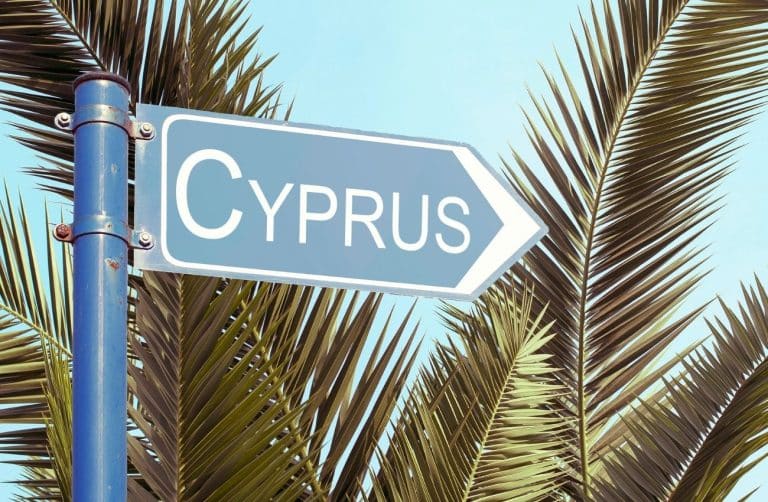Over the past 10 years, Northern Cyprus has seen significant fluctuations in real estate prices, driven by various factors such as political developments, economic trends, tourism growth, and demand from foreign buyers. In this detailed analysis, we will explore the key changes in property prices over the last decade, focusing on the factors contributing to these shifts and the implications for buyers and investors.
1. The Initial Market Conditions (2010-2014)
In the early 2010s, the property market in Northern Cyprus was relatively stagnant. The global financial crisis of 2008 had ripple effects across the Mediterranean, including Cyprus. Although Northern Cyprus was somewhat insulated due to its unrecognized political status, the downturn in the global economy led to decreased demand for property investment across Europe, which affected foreign investment in the region.
During this period, property prices in Northern Cyprus remained relatively low. For instance, a two-bedroom apartment in Kyrenia could be purchased for as little as €40,000-€60,000. However, the lack of international recognition of the Turkish Republic of Northern Cyprus (TRNC) meant that prices remained suppressed compared to neighboring Southern Cyprus, where EU membership and legal certainty boosted the market.
The early 2010s also saw slow domestic demand, as the local economy was not robust enough to fuel large-scale property development. Most buyers were either Turkish nationals or expatriates from the UK, taking advantage of low prices and the favorable climate.
2. The Shift in Demand (2014-2017)
By 2014, several factors contributed to a gradual rise in property prices:
- Political Stability: The peace talks between Greek and Turkish Cypriots resumed around this time, creating optimism about a potential reunification of the island. Although these talks have not yet resulted in a formal resolution, the possibility of a unified Cyprus attracted more investors who hoped for future EU recognition of Northern Cyprus properties.
- Foreign Investment: Foreign buyers, particularly from Russia, the UK, and Scandinavia, began to take an interest in Northern Cyprus. Russian buyers, in particular, were drawn by the affordability of real estate compared to Southern Cyprus, as well as the island’s strategic location near Europe, the Middle East, and Africa. As a result, demand for properties in coastal areas like Kyrenia, Famagusta, and Esentepe started to increase.
- Tourism Growth: The Northern Cyprus tourism sector also grew significantly during this period. The government’s efforts to attract more tourists, including investments in infrastructure such as new hotels and resorts, contributed to a boost in demand for vacation homes and rental properties. The tourism sector’s success had a direct impact on property values, especially in regions near the coast.
Between 2014 and 2017, property prices rose modestly, with an average increase of 5-7% per year in prime areas like Kyrenia. A two-bedroom apartment that cost €50,000 in 2010 could now fetch €70,000 to €90,000. Villas and luxury properties saw a similar trend, with prices increasing by approximately 10% annually in some cases.
3. Booming Foreign Interest and New Developments (2017-2020)
The period from 2017 to 2020 was marked by a sharp increase in property prices, driven by several key developments:
- Foreign Buyer Programs: The introduction of favorable residency and citizenship programs for foreign investors in many Mediterranean countries prompted a surge of interest in Cyprus. Although Northern Cyprus does not offer a formal citizenship-by-investment program, the ability to gain temporary residency by purchasing property attracted many buyers from countries like Russia, Turkey, Israel, and Iran. These buyers often sought vacation homes, investment properties, or retirement villas.
- New Developments: Property developers responded to the growing demand by launching several new projects, especially along the northern coast. New luxury developments, including seaside resorts, golf communities, and gated villa projects, began to emerge in areas such as Bahçeli, Esentepe, and Lapta. These new developments were marketed to foreign buyers, further driving up demand and prices.
- Shift in Buyer Demographics: In addition to traditional British and Russian buyers, new demographics, such as buyers from China and the Middle East, entered the market. Chinese investors, in particular, were drawn to Cyprus due to its strategic location and the Belt and Road Initiative. Middle Eastern buyers, meanwhile, saw Northern Cyprus as a stable and affordable alternative to other Mediterranean markets.
During this period, property prices surged, particularly for new developments and luxury properties. Coastal apartments and villas saw price increases of 10-15% annually, with some high-end projects in Kyrenia and Famagusta experiencing even higher rates of growth. By 2020, the price of a two-bedroom apartment in a desirable area had risen to €100,000-€150,000, while luxury villas could command prices upwards of €300,000-€500,000.
4. The Impact of the COVID-19 Pandemic (2020-2021)
Like most global markets, Northern Cyprus was not immune to the effects of the COVID-19 pandemic. The pandemic brought several challenges to the real estate market:
- Tourism Decline: The pandemic led to a significant drop in tourism, which in turn affected the demand for rental properties and vacation homes. Many foreign buyers, particularly those from the UK and Russia, postponed or canceled their property purchases due to travel restrictions and economic uncertainty.
- Price Stabilization: Property prices in Northern Cyprus stabilized during 2020 and early 2021. While there were no significant drops in prices, the rapid price increases seen in previous years slowed down. This was largely due to a decrease in foreign demand, as buyers from countries like the UK and Russia were unable to visit Cyprus to view properties.
However, the pandemic also had some positive effects on the market. Many developers offered incentives and discounts to buyers, particularly for off-plan properties. This created opportunities for savvy investors to purchase properties at lower prices, anticipating a recovery in the market post-pandemic.
5. Post-Pandemic Recovery and Current Market Trends (2022-Present)
By mid-2021 and into 2022, the Northern Cyprus property market began to recover from the pandemic’s impact. Several factors contributed to the post-pandemic recovery:
- Tourism Rebound: With the lifting of travel restrictions and the return of international tourists, demand for vacation homes and rental properties rebounded. Coastal regions such as Kyrenia and Famagusta once again saw increased interest from foreign buyers.
- Rising Demand from Foreign Investors: Foreign buyers, particularly from Russia, Israel, and the Middle East, returned to the market. The economic and political instability in some parts of the world also pushed investors to look for safe havens, and Northern Cyprus, with its relatively affordable property prices and attractive lifestyle, became an appealing option.
- Ongoing Development Projects: Several new developments, including luxury villas, beachfront apartments, and golf resorts, were completed during this period. These new projects helped drive up prices, especially in prime locations along the coast.
In 2023, property prices have continued to rise, particularly for high-end developments. The average price of a two-bedroom apartment in Kyrenia now ranges between €120,000 and €200,000, while luxury villas can sell for €500,000 to over €1 million in the most sought-after areas.
Conclusion
The real estate market in Northern Cyprus has experienced significant growth and transformation over the last decade. From the stagnation of the early 2010s to the rapid price increases seen in recent years, the market has evolved into an attractive destination for foreign buyers. With continued interest from international investors, ongoing development projects, and a recovering tourism sector, the future looks promising for property prices in Northern Cyprus. Whether you’re looking for a vacation home, an investment property, or a permanent residence, Northern Cyprus offers a unique opportunity to invest in a growing market at a relatively affordable price point.





